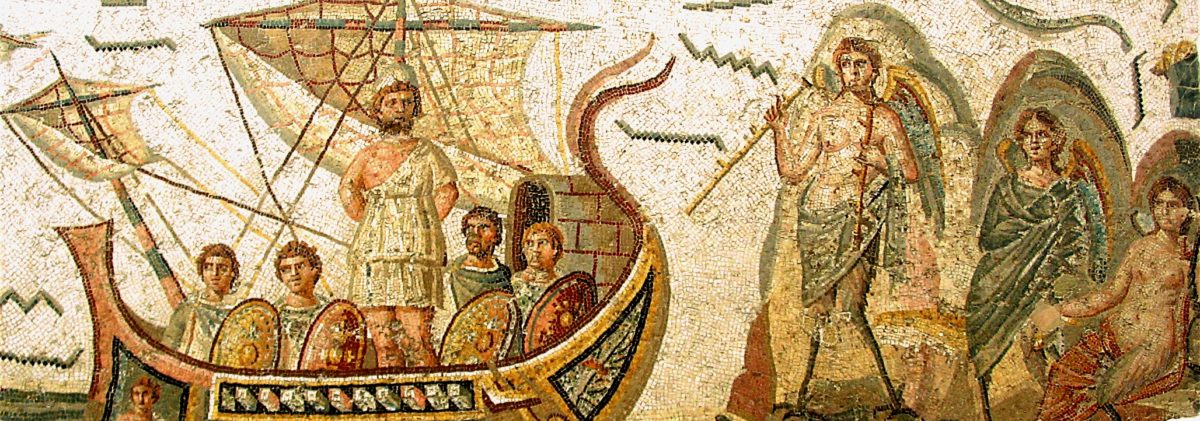On Monday, 18 January 2021, the Trump administration released a document titled The 1776 Report, written by the 1776 Commission, an advisory commission created by President Donald Trump on 17 September 2020 with the explicit purpose to promote “patriotic education.” The report attempts to portray Founding Fathers who owned slaves as abolitionists, attempts to portray Civil Rights leaders as conservatives, and attempts to portray “progressivism” and “identity politics” as dangerous threats to “America’s principles” on par with slavery and fascism.
Professional scholars of United States history of all political leanings immediately and universally denounced The 1776 Report as wildly inaccurate, jingoistic propaganda. It would be all too easy to dismiss it as not even worth debunking. After all, President Joe Biden signed an executive order which rescinded the 1776 Commission and removed The 1776 Report from the official White House webpage on his very first day in office.
Unfortunately, I fear that simply choosing to ignore The 1776 Report would be naïve. Tens of thousands of children across the United States who attend conservative private schools or are homeschooled are fed narratives identical to those presented in The 1776 Report through inaccurate textbooks published by conservative Evangelical Protestant book publishers, such as BJU Press and Abeka.
Supporters of these textbooks and the narratives they present will undoubtedly try to use The 1776 Report to legitimize their claims. They will try to portray it as a definitive account written by renowned experts working under the commission of the United States government. Therefore, in this article, I want to briefly talk about a few of the reasons why the report is wildly dishonest and untrustworthy.
Continue reading “Here’s Why ‘The 1776 Report’ Is Nonsense”










